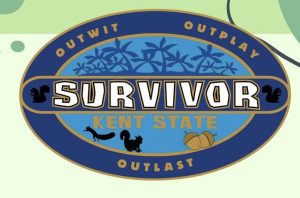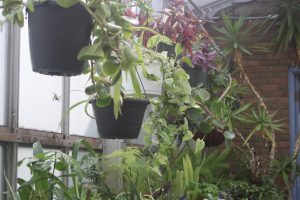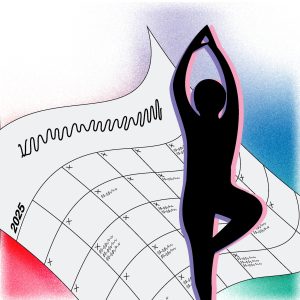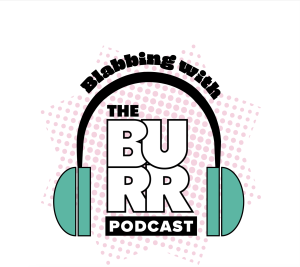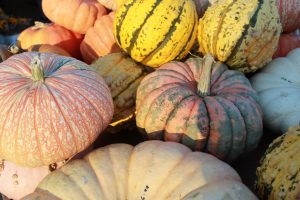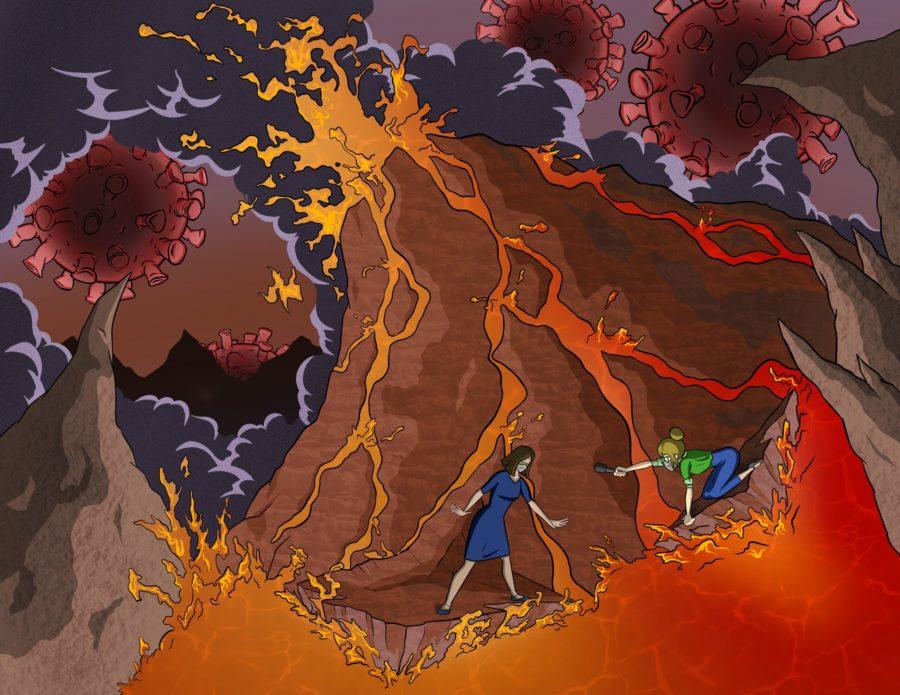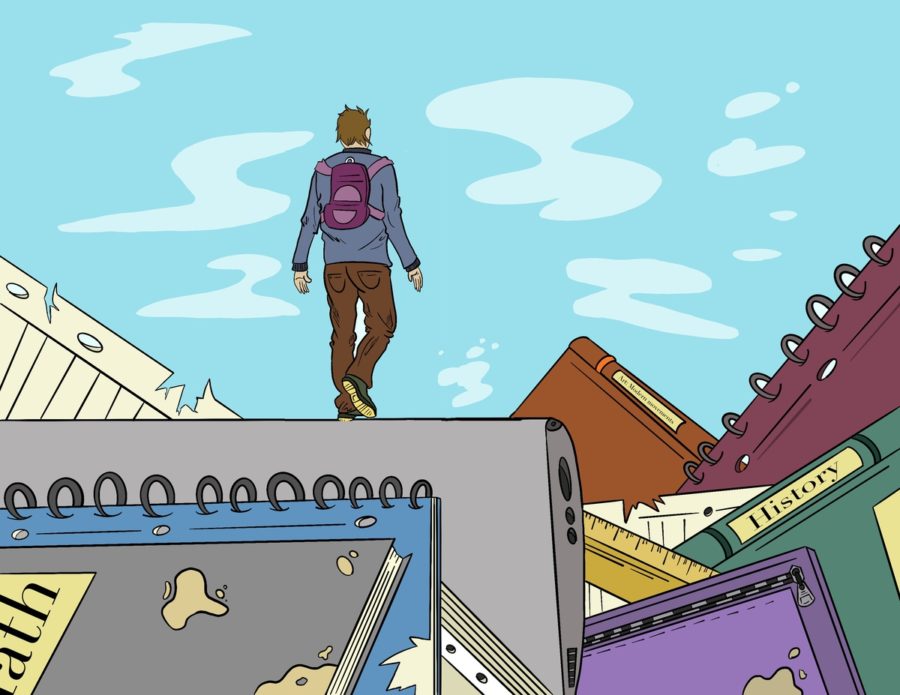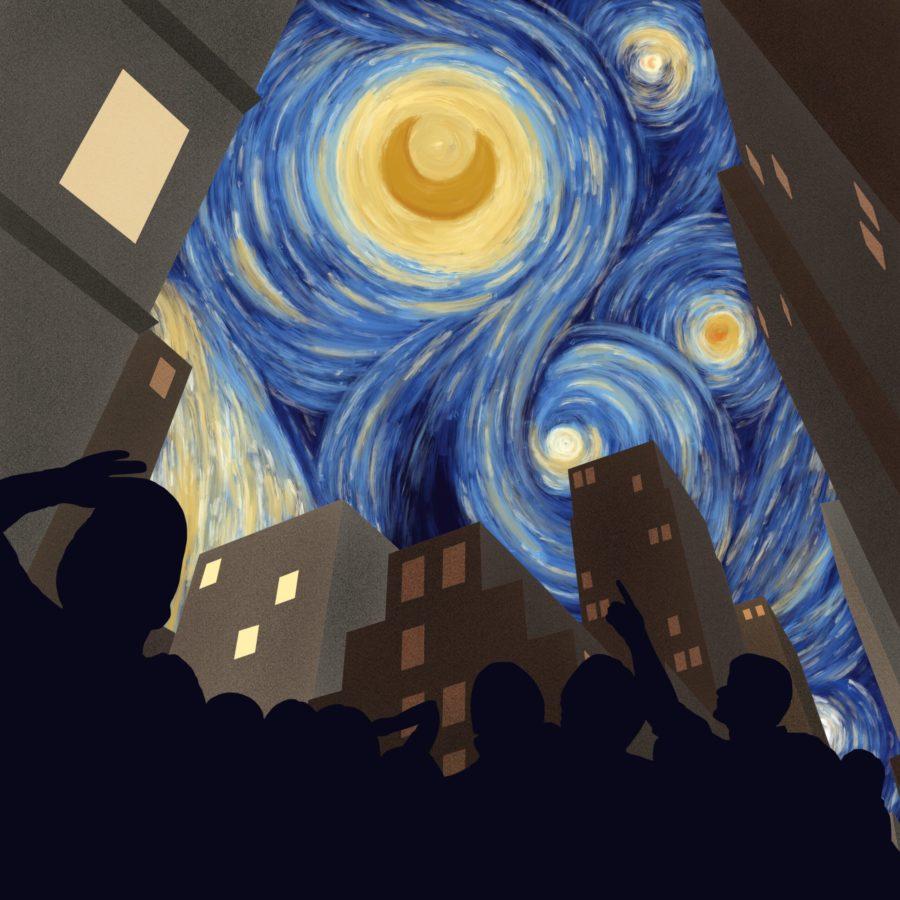Illustrations By Preston Randall
Knelt in an empty hallway flooded by pale yellow lighting, I brushed ice melt salt off my heeled boots. I triple checked that my phone was charged enough to audio record. I stood up, flipped through my miniature notebook of questions and paced as I rehearsed my delivery in my head; the sound of my heels reverberated against the tiled walls. 3 p.m. I straightened my shoulders, turned on my journalism mode and entered the office of my interviewee.
That was in February of 2020, just a few short weeks before the world was shaken inside-out by COVID-19. In addition, this was the most recent in-person interview I’ve conducted.
Reflecting on my pre-pandemic self, my response to being asked to conduct interviews is enough to send me into a fit of laughter; it’s so funny to look back and see that a journalism student, of all people, used to be a scared, shy introvert. I would spend hours mentally and physically preparing myself and would arrive exponentially earlier than I needed to just to rehearse. I dreaded the experience of being invited into an office, shaking someone’s hand and sitting face-to-face across a desk.
The face of journalism changed drastically in response to the COVID-19 pandemic, and phone and video-conferencing interviews took the role of typical experiences like the one I described above. Speaking with sources, fact checking and connecting with people in a remote setting has left a lot to be desired; mostly, I just miss the sense of true, human connection that meeting face-to-face with a source provides. It’s also been a transformative learning experience.
As a lifelong lover of learning, journalism is appealing to me in its infinite opportunities to learn from others. While the pandemic has persisted, it has not changed that outlook. In fact, I spent the first few months of 2021 compiling a list of everyone I spoke with, including details on the method by which we connected. It’s proof that while the pandemic has limited in-person opportunities for engagement, there’s no shortage of unique and wonderful people to talk to and learn from. It’s not just journalists being able to make these connections either; the use of social media and video conferencing throughout the pandemic has been keeping everyone connected when we’re all being asked to stay physically apart.
On a daily basis, I’m mostly contacting a mix of Kent State administration and reaching out to public relations professionals for different organizations. I’ve also spoken with law enforcement, emergency medicine professionals, public health organizations and people in the entertainment industry (music, gaming, podcasting, etc.), whether it be for the sake of reporting or fact-checking. I even made my first international phone call and spoke with an Australian botanist.
The graphic that goes along with this blog is visual proof that pandemic journalism is still journalism, and it can still help young journalists like myself grow in our experience and professionalism.

Earlier this semester, I connected with and interviewed local freelance reporter Joanne DuMound to discuss her best advice for young and aspiring journalists, especially in the era of COVID-19. Her words still resonate with me long after our conversation.
“Don’t be afraid,” she says. “If you’re kind of timid, put that aside and go forward and do what you feel you have to do. Don’t be timid. Listen, and enjoy what you’re doing.”
Pandemic journalism has deepened my appreciation of what it means to be a journalist, and it’s taught me that I’m a lot more comfortable and unafraid with developing rapport with complete strangers than I ever gave myself credit for. To be quite honest, I cannot wait until I’m presented the next opportunity to sit across a desk from someone and shake their hand.

